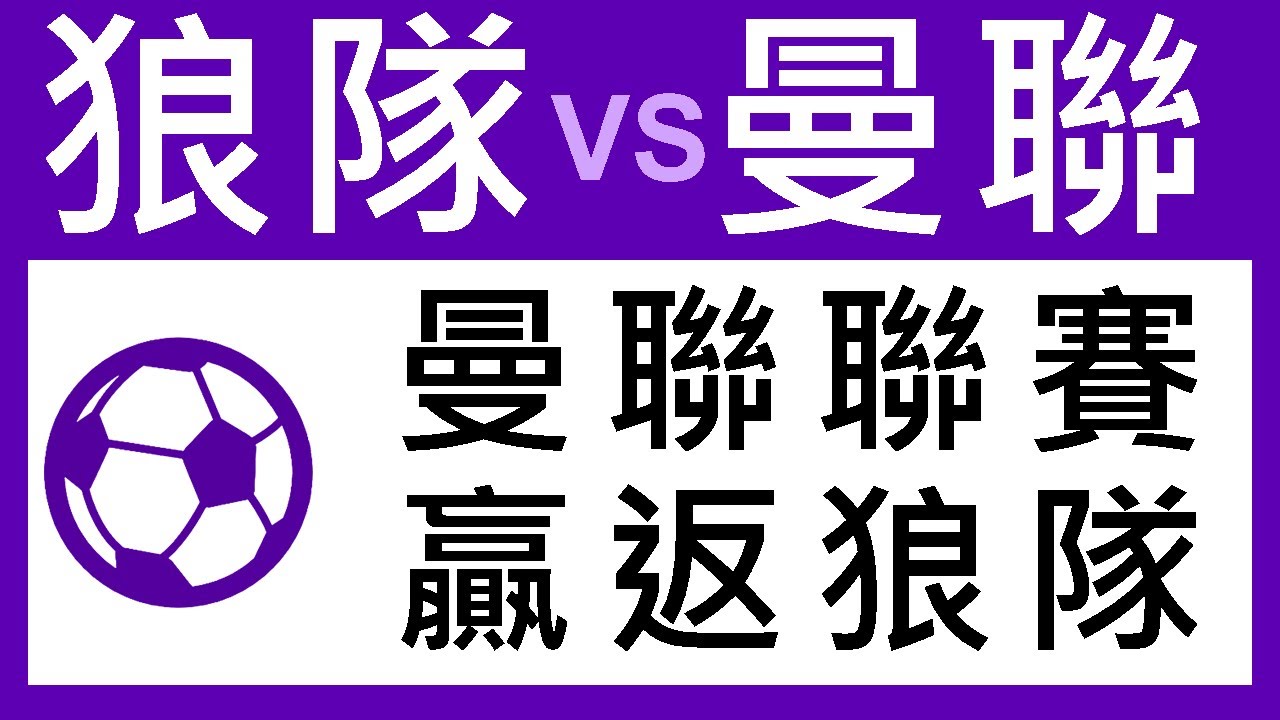
Introduction
The FIFA World Cup 2026 is set to be a landmark event in the world of football, marking the first instance of the tournament being hosted by three nations: the United States, Canada, and Mexico. Scheduled to take place from June to July 2026, this World Cup will also introduce a new format, expanding the participating teams from 32 to 48, which promises to enhance the competitiveness and global reach of the tournament.
Significance of the Event
The importance of the World Cup 2026 extends beyond the pitch. It presents a significant opportunity for economic growth in the host countries, with estimates suggesting that the event could generate tens of billions in revenue. Major cities across the three nations are gearing up for influxes of tourism, leading to investments in infrastructure, hospitality, and transport. For football fans globally, this World Cup promises a noteworthy festival of sports, featuring a wider array of teams and players showcasing their skills on an international stage.
Stadiums and Locations
The tournament will be hosted in multiple cities, with high-profile stadiums set to welcome fans. Key locations in the United States include iconic venues such as MetLife Stadium in New Jersey, the Rose Bowl in California, and Mercedes-Benz Stadium in Atlanta. Canada’s pivotal role comes from cities like Toronto and Vancouver, while Mexico will boast stadiums in cities such as Mexico City and Guadalajara. This ambitious joint hosting arrangement is expected to create a vibrant atmosphere filled with diverse cultures united by a shared love for the sport.
Format Changes
One of the most exciting changes for the World Cup 2026 is the increase in the number of teams from 32 to 48. This expanded format means a greater number of matches will be played, with an initial group stage consisting of 16 groups of three teams each. The top two teams from each group will advance to a 32-team knockout stage, creating more opportunities for upsets and surprises, which could resonate well with football enthusiasts around the globe.
Conclusion
The World Cup 2026 is not just another tournament; it represents a pivotal moment in the history of international football. With enhanced participation, diversity of cultures, and an economic boom for the hosting countries, the World Cup 2026 stands as a beacon of unity and celebration through sport. As anticipation builds, fans are advised to keep abreast of ticket availability and team qualifications. This event is poised to capture the hearts of many and etch another memorable chapter in the annals of football history.
You may also like

The Legacy and Current Standing of Osasuna FC

狼隊 對 曼聯: 比賽回顧與未來展望
